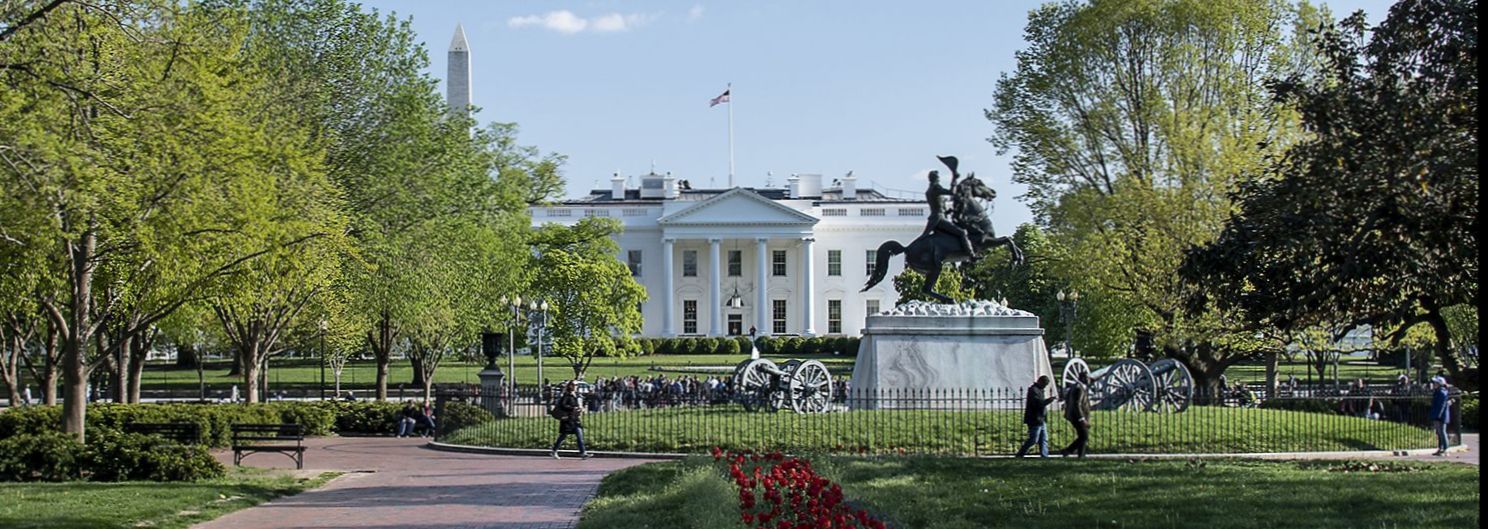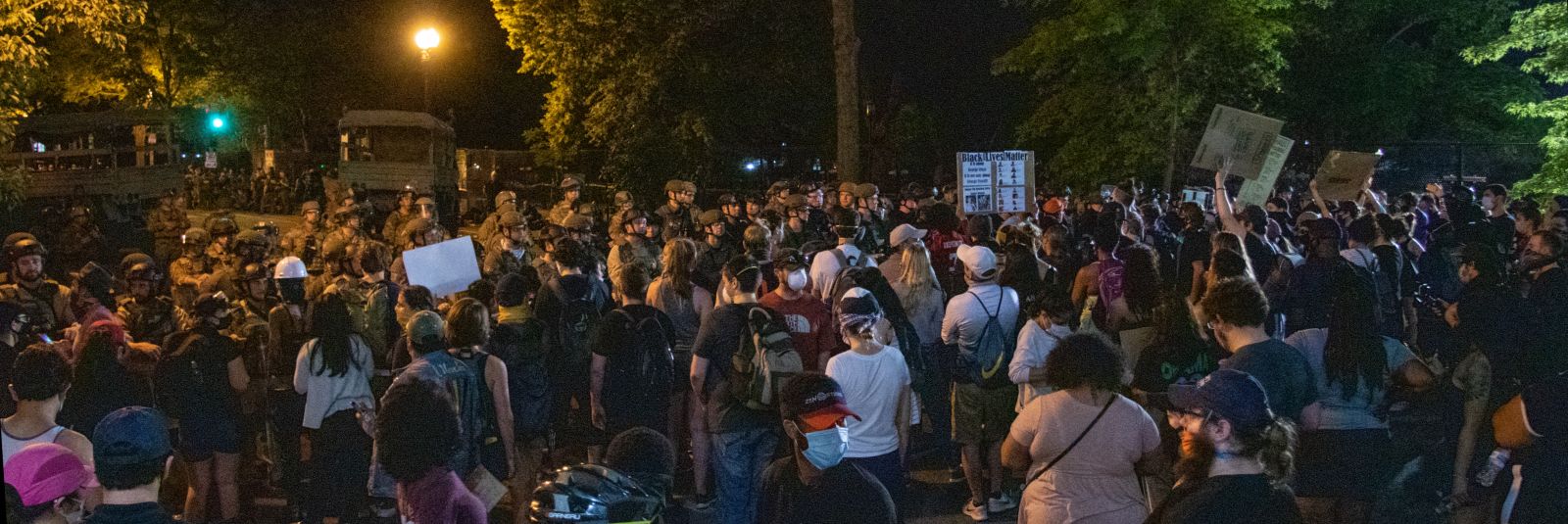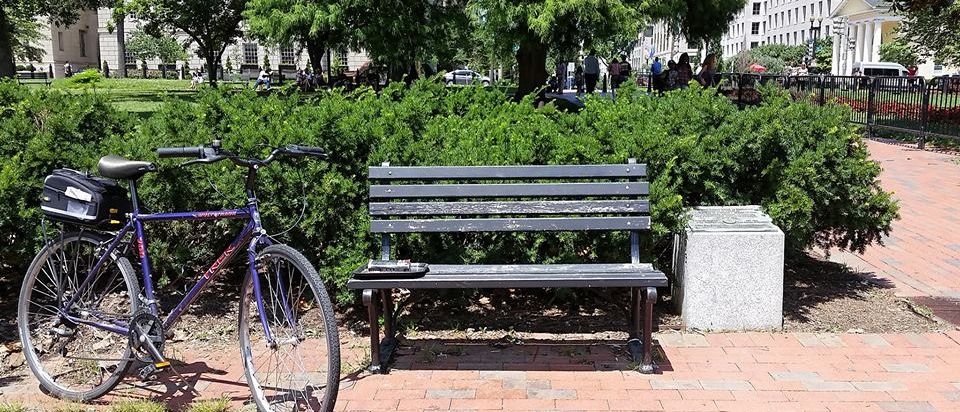Authors:
Historic Era: Era 10: Contemporary United States (1968 to the present)
Historic Theme:
Subject:
June 2020 | Volume 65, Issue 3


Authors:
Historic Era: Era 10: Contemporary United States (1968 to the present)
Historic Theme:
Subject:
June 2020 | Volume 65, Issue 3

Editor’s Note: Gil Klein is a former reporter for the Tampa Tribune and Media General New Service who runs the University of Oklahoma Washington Program. He is the author of Lafayette Square: Assassination, Protest & Murder at the White House.
Washington, DC’s Lafayette Square is in the news again as crowds of protesters pushed almost to the White House, and Park Police cleared the Square for the President’s controversial visit to St. John’s Church.
Since then, Lafayette Square has been completely closed off to the public by a high security fence, along with the famous Ellipse south of the White House.
In his original plan for the Nation’s Capital, Pierre L’Enfant called for an area to be known as “President’s Park,” but its beginnings were not auspicious. As the White House and nearby federal buildings were under construction, the park served mostly as a staging area for workers.

There was a question about whether the park would be part of the White House grounds itself, or open to the public? President Jefferson, who always wanted to shrink the size of the federal footprint, decided the park would be outside the White House.
It’s certainly not new for the Square to be a focus for history – and mayhem. Much has taken place in the seven-acre “President’s Park” which, with the buildings that surround it, make up Lafayette Square.

In the center of the Square is a famous bench where I sat many times over the years while working on a book about historic incidents that happened there over the past 200 years. A historical marker identifies it as the “bench of inspiration,” as it was called by Bernard Baruch, the financier who advised presidents from Wilson to Truman. Government officials and politicians would often join Baruch on the bench to seek his wise counsel.
From that vantage point you can take in dozens of places consecrated in American history. Over your right shoulder you can see Decatur